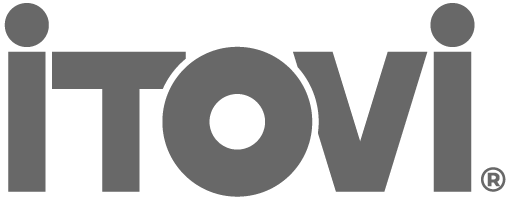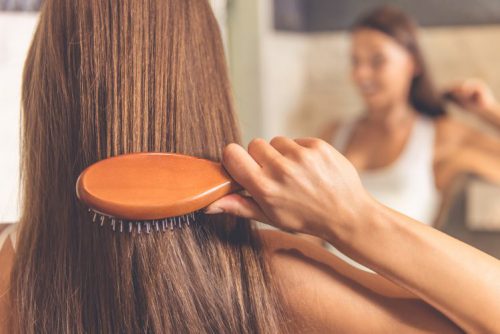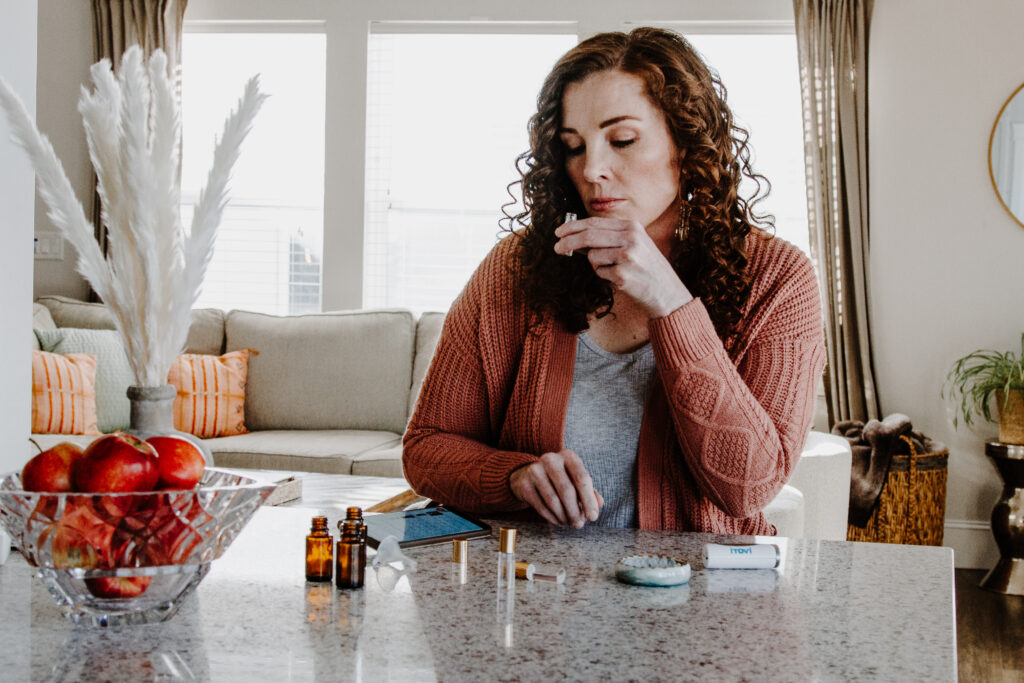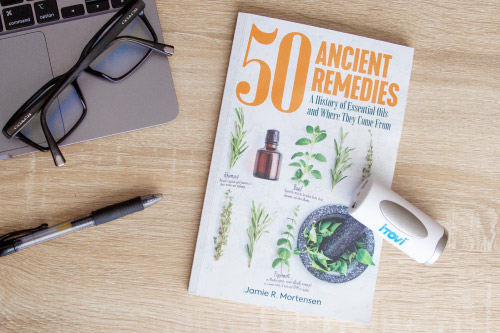
It’s easy to think of your muscles and bones as non living things—kind of like the walls, floor boards, and beams of a house—they provide structure and support, sure. But apart from that, they just kind of sit there and don’t do anything.
Wrong!
Your bones and muscles are alive!
Each of your 206 bones and 604 muscles is a minor organ—a distinct construct of living tissue that is constantly growing, regenerating, and completing its specific jobs.
What jobs, you ask? Well firstly, your bones, apart from doing the crucial job of keeping you upright, constantly work to produce your body’s much-needed daily quota of red blood cells, store energy, regulate certain mineral levels in your blood, and more!
Secondly, your muscles, apart from enabling your conscious movements (such as kicking a soccer ball or writing with a pen) and essential unconscious movements (such as breathing and digestion), also help you regulate your body temperature, balance your blood sugar, keep your blood flowing (the heart, which is part-muscle by the way, can’t do it all by itself!), and more!
Basically, without healthy, well-functioning bones and muscles, your body would collapse in more ways than one!
Unhealthy bones and muscles can lead to fibromyalgia, rheumatoid arthritis, osteoarthritis, bone cancer, and more! And while our age, gender, and genetics can increase our vulnerability to developing such conditions, there are some things we can do to make sure our bones and muscles grow strong and last longer!
We just need to give our bones and muscles the right fuel, the right balance of activity and rest, and maybe just a little extra support from our essential oils. 😉
How Can I Support My Structural Health?
Bone mass is key.
Simply put—your bones can’t successfully complete the jobs they’ve been assigned to do by nature unless they have enough bone tissue, or rather bone mass, to do the job.
But where does bone mass come from?
Well, your body is constantly breaking down and rebuilding your bone tissue. When you’re young, this process is so efficient that you generally gain bone mass overall every year until you hit your peak bone mass around age 30.
And after age 30, the human body typically starts to lose just a little more bone mass per year than it gains.
Still, no matter which side of 30 you’re on, the following strategies can help you build or support your body’s bone mass!
Feed Your Bones & Muscles Right
Again, bones and muscles are living things!
Given the right food, they can work better, grow better, and last longer! But what’s the standard diet for a healthy bone or muscle? And how can we resist filling up on the tasty, yet unhelpful stuff?
What can you do? What can your essential oils do?
- Don’t starve or overstuff. Your body is designed to work off a certain amount of daily calories (usually around 2000-2500 calories a day for adults, depending on your size). Anything significantly less or more than this will weaken your bones and muscles. Try to eat like Goldilocks—not too much, not too little, but just the right amount. Use a nutrition tracker app if you struggle keeping up a healthy diet.
(Learn how to combat food cravings with essential oils here!)
- Hydrate. Hydrate. Hydrate. So many people live lives of daily dehydration. Which is a shame because water helps keep your muscles from cramping, keep your joints healthy, and keep toxins from building up in your bone tissue! Try to build up your water-drinking habits so you get 3-4 liters of water a day.
Bones
- Calcium. Calcium is an essential building block for bones. Try to get at least 100 mg a day. Good sources include dairy products, almonds, kale, broccoli, canned salmon with bones, sardines, and soy products. Use a nutrition tracker app if it helps!
- Vitamin D. The sunshine vitamin is crucial, especially for young children whose bones are growing. If you live in a climate with regularly cloudy skies, try to get some extra Vitamin D through oily fish, mushrooms, eggs, or fortified foods.
- Vitamin C. Vitamin C helps stimulate the production of bone forming cells. Great sources of vitamin c include bell peppers, citrus fruits, broccoli, kiwi, cantaloupe, and potatoes.
- (Want to know how YOUR genetics may factor into your ability to absorb these vitamins and minerals? Check out iTOVi DNA!)
Muscles
- Lean protein. It can be hard to get the right amount of protein into your diet—but your muscles will thank you for it! Try to consume a mix of lean meats (like beef, pork, poultry, and seafood), dairy protein (milk, yogurt, chese, etc), and plant protein (nuts, seeds, etc) into your diet.
- Complex carbs. Complex carbs—that is, vegetables, whole grains, and legumes—not only deliver healthy energy to your muscles, but they’re also often the best sources of the vitamins and minerals your body needs. Ditch the sugar, chips, and white breads for complex carbs!
- Try inhaling Cinnamon, Peppermint, and/or Citrus Oils to take the edge off of sugar cravings!
- Healthy Fats for Heart Health. Your heart is part muscle. And frankly, it is the captain that leads the rest of your muscles. Take care of your heart by avoiding excess saturated and trans fats. Focus on healthy fats found in eggs, avocados, nuts, and seeds.
- Magnesium. Magnesium is one of the most crucial minerals for muscle health. And the average adult needs about 350 milligrams or more of it every day! Find dietary magnesium in whole grains, leafy greens, nuts, pumpkin seeds, almonds, tofu, and healthy fish.
Have You Got the Right Moves?
Once your bones and muscles are fueled up, but that’s not enough! In order to be healthy, they need to be able to use that fuel.
They need to move!
But not just any movement will do. For peak bone and muscle health, you need to be able to move in the ways (and amounts) that your body finds beneficial.
What can I do? What can my essential oils do?
- Exercise. But don’t overstrain. Exercise isn’t about pushing yourself as hard as you can the whole time. Or even the whole time. Monitor your heart beat and pay attention to your form and muscle tension so you don’t injure yourself.
- Warm up. Want to get the best workout possible? Want to avoid a work-out injury? Take the first 10 minutes of your work-out time to lightly jog or do some lightweight training to warm up the muscles you’ll be working harder on later.
- Popular oils for a warm-up massage include Cinnamon, Ginger, Clove, Black Pepper, and Wintergreen. You might also try inhaling citrus or peppermint oil to put you in the mood for exercise!
- High-impact & strength training exercises. These types of exercise strengthen your bones and muscles and improve your balance and coordination, which will help you avoid falls and breaks in the future, especially in old age. However, if your bones are weak, don’t push yourself too hard. Talk to a doctor or professional trainer to help you find an appropriate level of intensity for you.
- Cool down. Don’t just stop your workout all at once! Maximize the benefits of your workout (and avoid soreness) by taking time to cool down your muscles after your workout.
- Popular oils for a cool down and/or a post-workout massage include Basil, Blue Tansy, Marjoram, Cardamom, and Peppermint.
- Straighten Your Spine. It’s hard to remember to maintain good posture. But doing so reduces unhealthy strain on your muscles, protects the connective tissue on your bones, and even helps your organs stay healthy! Try using an adjustable back brace, a posture trainer, or simple reminders to help you live with good posture.
Can essential oils help with arthritis and other structural health problems?
Very possibly.
Many essential oils come from historic remedies for musculoskeletal pain. And modern research is just beginning to prove the effectiveness of these essential oils for arthritis and other structural-health related conditions.
This is great news because arthritis, in its various forms, is one of the most common chronic health problems in the world and a major cause of disability!
Once again, the research is in its early stages. But, for those who want to give their oils a try, consider: Thyme (1,2), Copaiba (3, 4, 5), Rosemary (4, 5, 6), Frankincense (7, 8, 9), Helichrysum (10), and other oils known for their anti-inflammatory properties.
Just be sure to always patch test any new oils and always dilute properly!
Also, if you are taking any medications for your arthritic or other symptoms, double check with your doctor to be sure that it is safe to use your oils in combination with the medications you are taking.
| Class Ideas |
|




